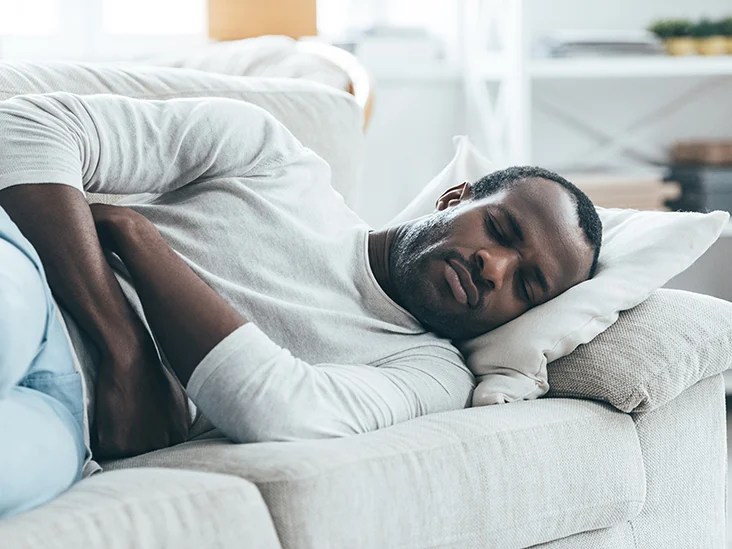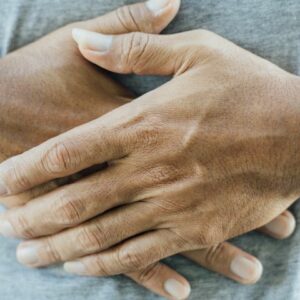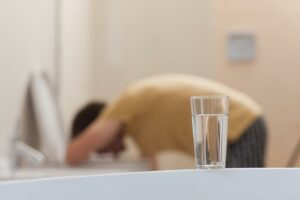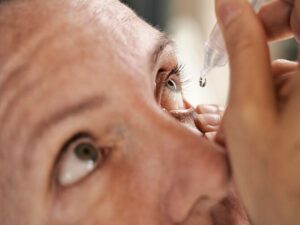Experiencing pain in the lower left side of your stomach can be caused by various factors, including diverticulosis and diverticulitis of the colon. These conditions involve the development of pouches in the colon wall, which can become infected and inflamed, leading to pain.
It is important to seek medical attention if you have additional symptoms such as fever, shaking chills, blood in your stools or urine, and unexplained weight loss, as these could indicate a more serious underlying condition. Early detection and treatment are crucial in managing lower left abdominal pain.
Table of Contents
1. Common Causes Of Lower Left Abdominal Pain
Pain in the lower left side of the stomach can be caused by issues such as diverticulitis, which occurs when pouches in the colon become infected, leading to inflammation and pain. Other common causes include gas, indigestion, and more serious conditions.
Seek medical attention if symptoms are severe or persistent.
Lower left abdominal pain can be caused by various factors, including diverticulosis and diverticulitis of the colon. Diverticula are small pouches that develop in the colon wall, and they are most commonly found on the lower left side. These pouches can become infected, leading to inflammation and pain. Gastrointestinal infections can also cause lower left abdominal pain, as can irritable bowel syndrome (IBS). It’s important to seek medical attention if you experience lower left abdominal pain accompanied by fever, shaking chills, blood in your stools or urine, and unexplained weight loss, or if the symptoms are severe, progressive, or persistent. Early detection is crucial for diagnosing and treating the underlying cause of the pain.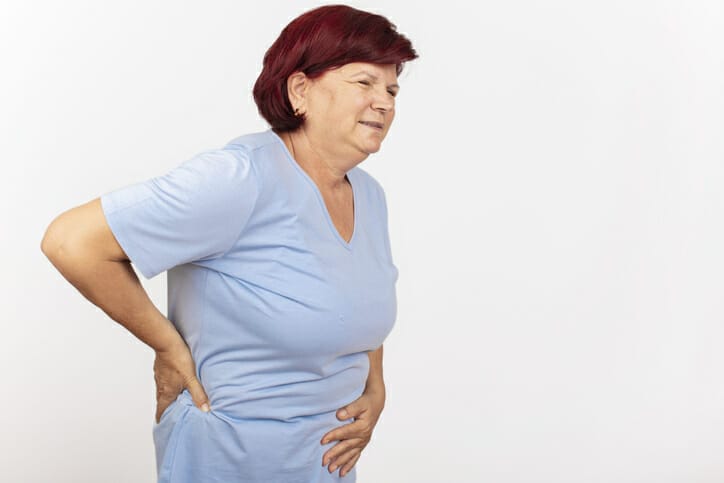
Credit: matterhornfit.com
2. Symptoms Associated With Lower Left Abdominal Pain
Experiencing pain in the lower left side of your stomach can be a sign of various symptoms, including diverticulosis and diverticulitis of the colon. These conditions can cause inflammation and pain due to the development of pouches in the colon wall.
Seeking medical attention is crucial if you have severe or persistent symptoms, as early detection is vital for proper diagnosis and treatment.
| Symptoms Associated with Lower Left Abdominal Pain |
|
3. Treatment Options For Lower Left Abdominal Pain
When it comes to treating lower left abdominal pain, there are a few options that can provide relief:
| Treatment Options | |
|---|---|
| 1. Antibiotics for bacterial infections: | If your abdominal pain is caused by a bacterial infection, your doctor may prescribe antibiotics to help clear the infection and reduce inflammation. |
| 2. Dietary changes for IBS: | If you have been diagnosed with irritable bowel syndrome (IBS), making dietary changes such as avoiding trigger foods and increasing fiber intake may help alleviate symptoms and reduce abdominal pain. |
| 3. Pain management techniques: | There are various pain management techniques that can be helpful in managing lower left abdominal pain, such as relaxation techniques, heat or cold therapy, and over-the-counter pain medications. |
If you are experiencing severe or persistent lower left abdominal pain, it is important to seek medical attention. Your doctor can properly diagnose the underlying cause of your pain and recommend the most appropriate treatment plan.
Frequently Asked Questions Of Pain In Lower Left Side Of Stomach
What Organ Is On The Lower Left Side Of Your Stomach?
The organ on the lower left side of your stomach is the colon, part of the small intestine, and the iliac fossa (part of the hip bone and pelvis). This area also serves as a gateway to the reproductive organs in both men and women.
When Should I Worry About Left Lower Side Pain?
Seek medical attention if you have lower left abdominal pain with fever, chills, blood in stools or urine, and unexplained weight loss. Also, if symptoms are severe, progressive, or persistent. Early detection is crucial for diagnosing and treating lower left abdominal pain.
Should I Go To The Er For Lower Left Abdominal Pain?
If you have lower left abdominal pain accompanied by fever, chills, blood in stools or urine, and unexplained weight loss, seek medical attention. Also, if symptoms are severe, persistent, or progressive. Early detection is crucial for diagnosing and treating lower left abdominal pain.
What Does Appendix Pain Feel Like?
Appendix pain feels like sudden pain on the right side or around the navel that may shift to the lower right abdomen. It worsens with coughing, walking, or jarring movements. Seek medical attention if you have severe or persistent symptoms with fever, chills, blood in stools or urine, or unexplained weight loss.
Conclusion
Pain in the lower left side of the stomach can be caused by various factors such as diverticulosis, diverticulitis, IBS, and even hernias. It is important to seek medical attention if the pain is accompanied by fever, chills, blood in stools or urine, and unexplained weight loss.
Early detection and treatment are crucial in effectively managing lower left abdominal pain and preventing any further complications. Remember to consult a healthcare professional for an accurate diagnosis and appropriate treatment plan.


